SUMMARY
This is AI generated summarization, which may have errors. For context, always refer to the full article.
![[ANALYSIS] ‘Integrated Deterrence’ in the PH: Advice to prepare for the worst-case scenario](https://www.rappler.com/tachyon/2022/05/tl-integrated-detterence.jpg)
Ferdinand “Bongbong” Marcos Jr., the son of the late dictator, won the presidential election in the Philippines. He will face the same challenge that President Duterte faced six years ago. Namely, the challenge of managing relations with China and defining the role that security relations with its ally, the United States, should play. However, the strategic environment in which the Philippines finds itself in 2022 is different than it was in 2016. The Philippines now faces the added challenges of a shelved South China Sea Arbitral Award, increased Chinese influence, and a critically damaged relationship with the US.
The US, the Philippines’ only ally, has begun to use the term “Integrated Deterrence” more frequently in the past year. From the words of Pentagon officials, it can be understood to mean not only the integration of traditional land, sea, and air domains with new domains such as space and cyber, but also whole-of-government efforts and deeper cooperation with allies and partners. The Philippines, which is located south of the First Island Chain, is of key geopolitical importance for the US in the Asia-Pacific. Its geostrategic position over the South China Sea makes improving the deterrence capabilities of this country essential for maintaining peace and prosperity in the region.
In the context of US-China confrontation, one might think the Philippines’ path should be obvious. But President Duterte took a different course, which did not respect the South China Sea Arbitral Award and didn’t work to strengthen security ties with the U.S, from the Aquino III administration. In order to avoid the mistakes of six years ago, it is imperative to consider broadly the options available to the incoming President Marcos, who will take office on June 30, and to prepare for the worst-case scenario. The first scenario, the most unlikely, is that the next administration will be pro-US like the Aquino III administration. Under this scenario, Marcos would respect the South China Sea Arbitral Award, and would minimize Chinese influence by developing the Philippines’ domestic infrastructure without Chinese capital, and would strengthen the security relationship with the US. On the security front, the Philippines would steadily develop its five bases under the Enhanced Defense Cooperation Agreement (EDCA) signed in 2014 and might introduce equipment into the Philippines that would provoke China to deter.
The next scenario is that President Marcos will follow President Duterte’s foreign policy. Under this scenario, China’s influence in the Philippines will be maintained and security relations with the US will not develop as desired. This scenario is the likeliest, as President-elect Marcos is leaning toward continuing President Duterte’s friendly stance toward China. Since Defense Minister Lorenzana substantially supported the security policy during the Duterte administration, it will be critically important who sits in that position in the incoming Marcos administration, and what role that person will play. It should also be noted that during the Duterte administration, progress was made in defense cooperation with Japan and Australia to address a reduced US presence.
The third and worst-case scenario is that the next President will adopt a more pro-China foreign policy than that of President Duterte. Security relations with the US would be severed, and security partnership with Japan and Australia, which has gained momentum in recent years, would stagnate. This undesirable situation is synonymous with the loss of the Philippines as a potential base for troop accumulation, organization, resupply, and sorties in the event of a crisis in the Taiwan Strait.
At this point, it would be prudent for the US, as an ally, to offer cooperation and support in order to encourage President Marcos to adopt the first option. But if we are to learn from past mistakes, it is important to keep three things in mind. First, US approaches should be tailor-made. In other words, the assistance offered should be carefully tailored based on the needs of the Philippines. For example, although the US State Department approved the possible sale of F-16 fighter jets, Sidewinders, and Harpoon missiles to the Philippines in 2021, the Philippines may be forced to abandon this purchase and look for other fighter aircraft due to affordability concerns. This is one example of a mismatched approach, where the US offer of assistance does not take into account the actual situation in the Philippines.
Second, security relations should be sustainable. One of the Japan-Philippines defense cooperation programs developed during the administration of Prime Minister Shinzo Abe, the Capacity Building project, which utilizes the capabilities of the Japan Self-Defense Forces (JSDF) to help raise the capacity of the Philippine Armed Forces, has received high praise. As a senior JSDF official stated, “Based on the needs of the supported countries, we will work carefully and patiently for a long time,” and such efforts are meaningful not in the short term but on a sustained basis. Although when the Biden administration rolled out the Indo-Pacific strategy, the senior official mentioned, “there’s been longstanding continuity that is, you know, across administrations and across parties in terms of looking at the basic principles of what we do with the region” and Biden has yet to show any difference from the Obama administration’s “Pivot to Asia” or “Rebalance to Asia,” which emphasized the Asia-Pacific region.
Third, defense cooperation and accompanying support by the US should avoid a say-do gap. Promising statements, not backed up by actions, discourage counterparts. As Zach Cooper, a senior fellow at the American Enterprise Institute, has argued, “Asian officials worry about America’s ability to turn these words into action. This strategy, like other recent documents issued by administrations from both parties, often appears more rhetorical than realistic.” The divergence between positive messages and what is actually done must be reduced.
In July 2016, the South China Sea Arbitral Award was shelved by President Duterte. And in May 2022, he didn’t attend the US- ASEAN summit. If the US wants “Integrated Deterrence” to work in the First Island Chain, it needs to repair its damaged relationship with its ally, the Philippines, and strengthen its security ties. When deterrence fails, we cannot always fight in perfect conditions, and we must think seriously about how to allocate limited resources. It remains to be seen what decision President Marcos will make, but there remains a way for us to assume the worst and prepare for it. – Rappler.com
Lieutenant Colonel Kojiro Tonosaki is a transportation pilot in the Japan Air Self-Defense Force and currently a visiting fellow with the Japan Chair at the Center for Strategic International Studies. The views expressed here are the author’s alone.
Add a comment
How does this make you feel?
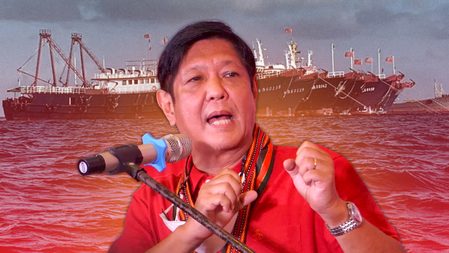
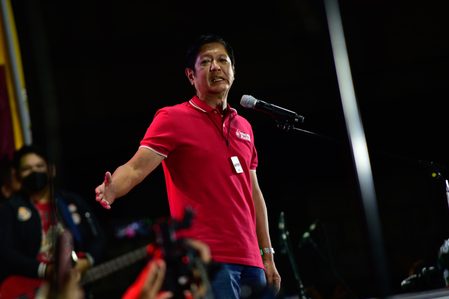
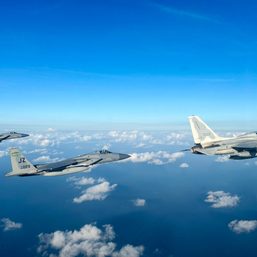
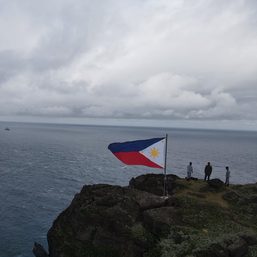
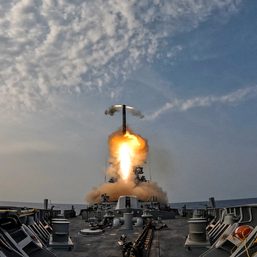
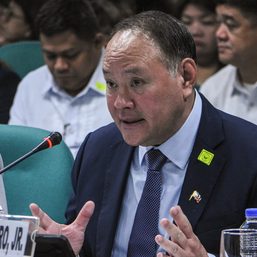
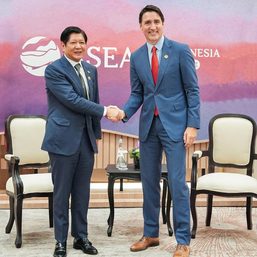
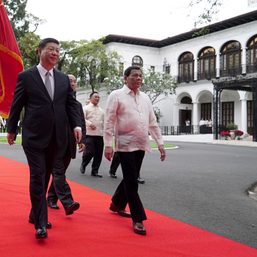
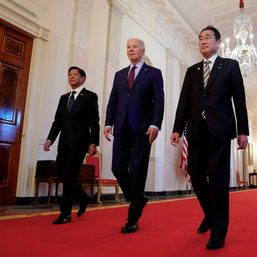
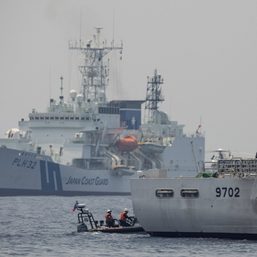
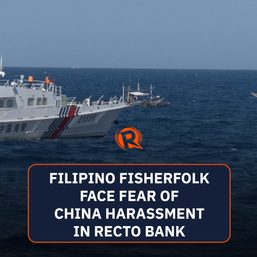
![[OPINION] Beyond Ayungin Shoal: The primacy of national resolve](https://www.rappler.com/tachyon/2024/04/beyond-ayungin-shoal-april-5-2024.jpg?resize=257%2C257&crop_strategy=attention)
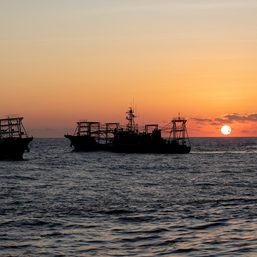
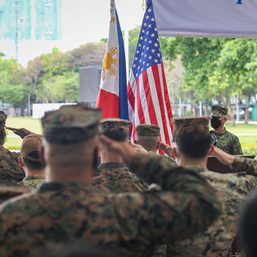

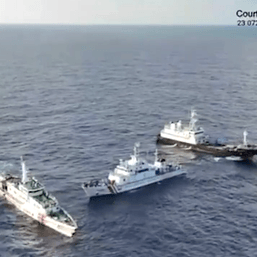
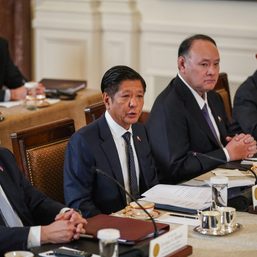
There are no comments yet. Add your comment to start the conversation.